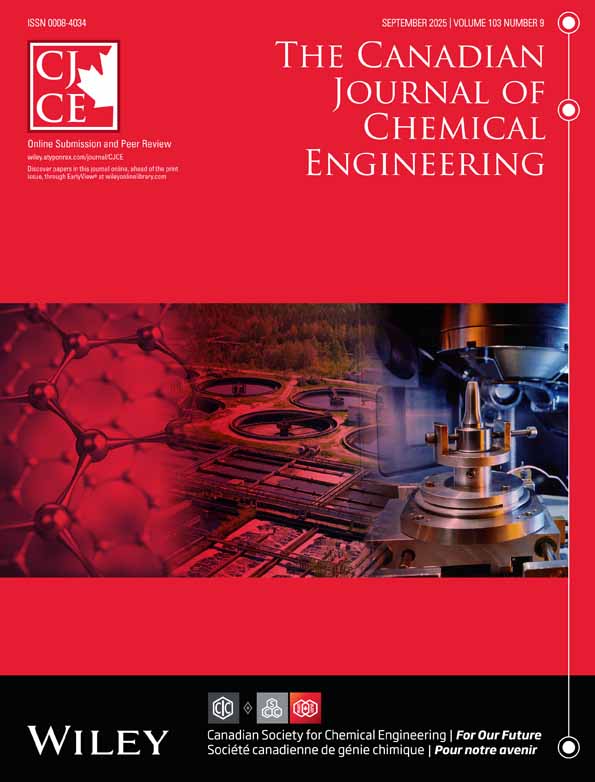The kinetics of oxidation of sodium sulphite
Abstract
enThe kinetics of the reaction of oxygen with sodium sulphite in aqueous solution without and with a catalyst of cobaltous sulphate have been studied by a flow thermal method.
The rate of reaction of oxygen and sodium sulphite was found to be first-order with respect to oxygen and variable order with respect to sulphite, and the promoting effect of cobaltous catalyst was proportional to its concentration. A reaction mechanism has been proposed and a rate expression derived which is in good agreement with the experimental data.
Abstract
frOn a étudié, au moyen d'un procédé à base d'ecoulement thermique, la cinétique de la réaction entre îoxygène et le sulfite de sodium dans une solution aqueuse, en présence ou en îabsence de sulfate de cobalt comme catalyseur.
On a trouvé que la vitesse de réaction entre l'oxygène et le sulfite de sodium étalt de premier ordre par rapport à îoxygene et d'ordre variable par rapport au sulfite, et que îeffet accélérateur du catalyseur étalt proportionnel à sa concentration. On a proposé un mécanisme de réaction et établi une expression pour la vitesse qui concordent bien avec les résultats expérimentaux.




